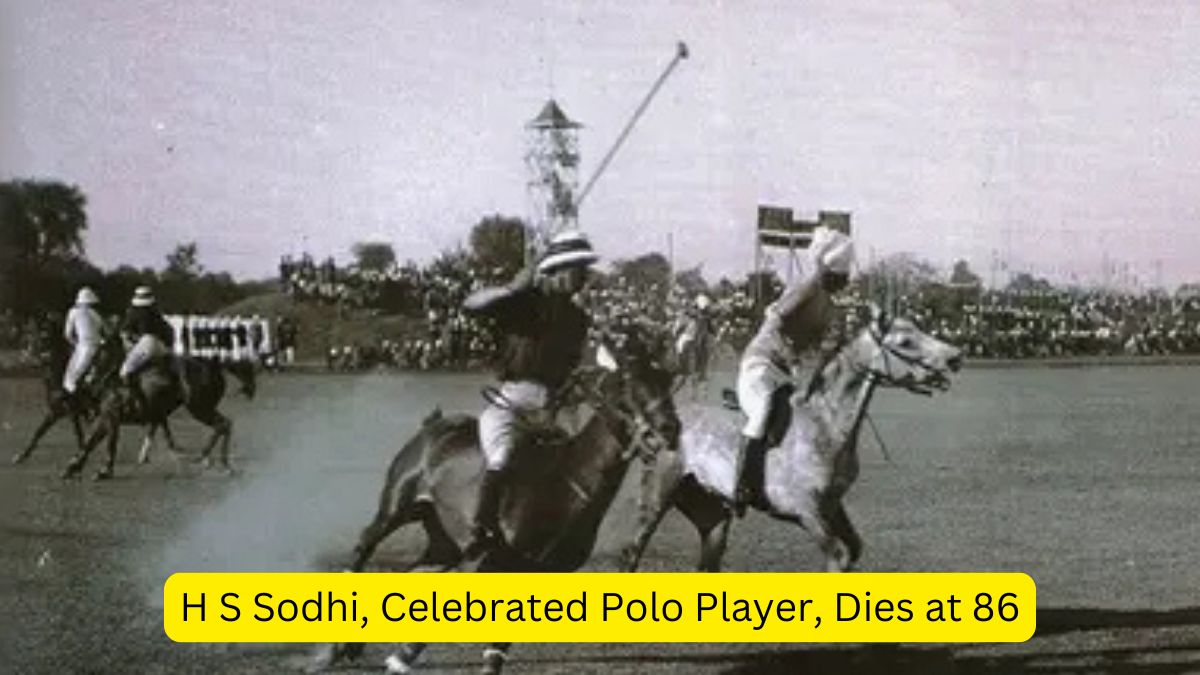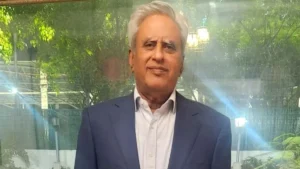Harinder Singh Sodhi, fondly known as ‘Billy,’ a celebrated figure in Indian polo, passed away at the age of 86 due to age-related ailments. Renowned for his skill and dedication to the sport, Sodhi reached a rare and highly respected handicap of plus-five at the height of his career, marking him as one of the sport’s true stalwarts in India. His legacy in Indian polo is remembered with admiration and respect.
Harinder Singh Sodhi – Indian Polo Stalwart
Name and Nickname
- Harinder Singh Sodhi, affectionately called ‘Billy’
Age and Cause of Death
- Passed away at 86 from age-related illnesses
Legacy in Polo
- Reached a prestigious handicap of plus-five, a rare achievement highlighting his skill and dedication
- Played alongside iconic polo figures like Hanut Singh and Sawai Man Singh of Jaipur, further cementing his legacy in the sport
Family and Recognition
- Brother Ravinder Singh Sodhi, also an accomplished polo player, received the Arjuna Award for his contributions to the sport
Contributions Beyond Polo
- Managed the Indian equestrian team at the 1980 Moscow Olympics, extending his influence in Indian equestrian sports beyond his playing career
Awards
- He was also awarded with the Arjuna Award.
| Summary/Static | Details |
| Why in the news? | Harinder Singh Sodhi, a renowned figure in Indian polo and a former Arjuna awardee, has passed away at the age of 86 |
| Polo Legacy | Achieved a rare plus-five handicap; played with legends Hanut Singh and Sawai Man Singh of Jaipur |
| Family Recognition | Younger brother, Ravinder Singh Sodhi, is an Arjuna Award-winning polo player |
| Other Contributions | Managed the Indian equestrian team at the 1980 Moscow Olympics |
| National Award | Arjuna Awardee |




 Swaraj Kaushal, Former Mizoram Governor ...
Swaraj Kaushal, Former Mizoram Governor ...
 Former England Great Robin Smith Passes ...
Former England Great Robin Smith Passes ...
 Oscar-Winning British Playwright Tom Sto...
Oscar-Winning British Playwright Tom Sto...







